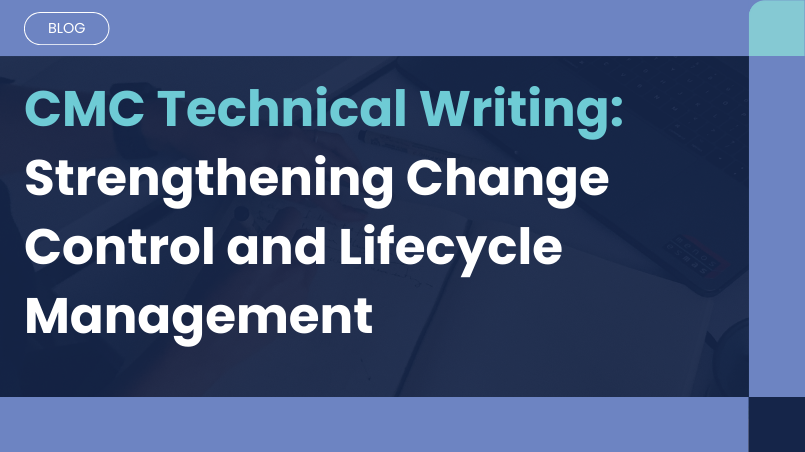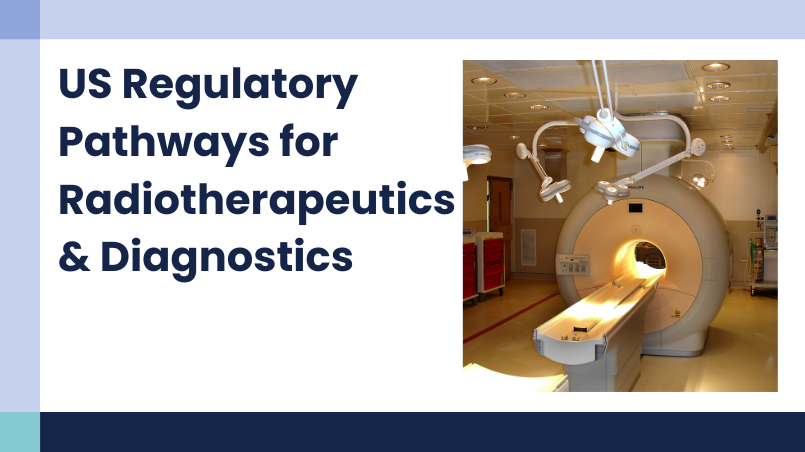CMC Technical Writing: Strengthening Change Control and Lifecycle Management
Regulatory Approvals in Africa: Key Frameworks, Challenges, and Emerging Trends
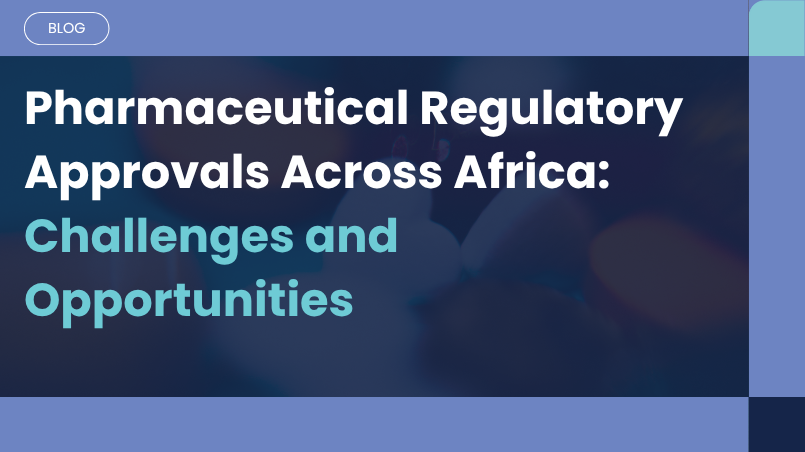
21 Oct, 2025
Overview of Regulatory approval in African Markets
Africa represents one of the most promising frontiers for pharmaceutical expansion, driven by a growing population, increasing disease burden, and rising demand for quality healthcare solutions. Yet, despite the opportunity, drug registration and approval across African nations remain complex and highly variable. For pharmaceutical companies aiming to enter or expand in this dynamic region, understanding the regulatory landscape is critical.
Unlike the U.S. FDA or the European Medicines Agency, Africa does not have a single centralized regulatory body. Each country manages its own approval process through a National Medicines Regulatory Authority (NMRA), each with distinct requirements, formats, and timelines.
Africa consists of many countries with unique pharmaceutical regulatory frameworks. However, recent efforts like the African Medicines Agency (AMA) and regional harmonization initiatives are beginning to unify regulatory approaches.
Key Markets: Major markets include South Africa, Nigeria, Egypt, Kenya, and Morocco because of precise regulatory body and requirement. The African Medicines Agency (AMA) aims to harmonize drug regulations across countries, easing market entry.
What Should the Technical Dossier/documents to be included during product registration?
Each African country accepts CTD Dossier for registration purpose, however each country has its own national regulatory authority (NRA), such as NAFDAC in Nigeria or SAHPRA in South Africa. These bodies govern:
- Product registration
- Importation licenses
- GMP (Good Manufacturing Practices) compliance
- Pricing and reimbursement rules
Africa is not a single market. Regulatory harmonization efforts (like the African Medicines Agency or EAC-MRH initiative) are improving things, but:
- Timelines, dossier requirements, and fees vary by country
- Some countries may require local clinical trials or lab testing
- Language and document authentication (e.g., notarization, legalization) also vary
Regional Regulatory Frameworks
| Regulatory Body | Members | Regulatory Harmonization | Features |
|---|---|---|---|
| East African Community (EAC) | Kenya, Uganda, Tanzania, Rwanda, Burundi, South Sudan, Democratic Republic of the Congo, etc. | EAC Medicines Regulatory Harmonization (EAC-MRH) |
|
| Southern African Development Community (SADC) | South Africa, Zimbabwe, Zambia, Namibia, Botswana, Mozambique, etc. | No centralized body yet, but ZaZiBoNa is a work-sharing initiative |
|
| West African Health Organization (WAHO) – ECOWAS | Benin, Burkina Faso, Cape Verde, Cote D’Ivoire, Gambia, Ghana, Guinea, Guinea-Bissau, Liberia, Mali, Niger, Nigeria, Senegal, Sierra Leone, Togo | ECOWAS-MRH initiative | Nigeria (NAFDAC) and Ghana (FDA Ghana) are leading regulators. |
| Northern Africa | Egypt, Algeria, Morocco, Tunisia, Libya, Sudan |
|
|
Key Challenges in Drug Registration in Africa
The African pharmaceutical regulatory landscape presents a range of challenges that can significantly affect market entry, product registration, and long-term compliance. These challenges vary across countries and regions but often share common themes.
- Regulatory Fragmentation
- Each country has its own guidelines, which leads to duplicative efforts and delays, particularly for companies seeking multi-country registrations.
- Limited Regulatory Capacity
- Some regulatory authorities face staffing and infrastructure limitations, which can extend approval timelines significantly.
- Lack of Harmonization
- While initiatives like the African Medicines Agency (AMA) and ZaZiBoNa (a regional initiative in Southern Africa) aim to harmonize processes, full implementation is still evolving.
- Language and Documentation Barriers
- Countries such as Morocco or Côte d’Ivoire require French-language submissions such as LoA, Artwork and RMP, while others prefer English or French, increasing the administrative load for companies.
- Unpredictable Timelines
- Approval timelines can range from 6 months (in some fast-track cases) to over 24 months in others, making forecasting difficult for product launches.
- Dependence on External Regulatory Decisions
- Reliance on Stringent Regulatory Authorities (SRAs): Many African NRAs wait for EMA, FDA, or WHO Prequalification decisions before initiating their own reviews, leading to delays.
Navigating Africa’s Pharmaceutical Regulatory Landscape
Africa’s pharmaceutical market presents significant opportunities for growth, innovation, and public health impact. However, the path to market entry and sustained success is shaped by a highly complex and fragmented regulatory environment.
Each country operates under its own regulatory authority, with distinct rules for product registration, licensing, compliance, and post-market surveillance. While this creates challenges in terms of costs, timelines, and legal risks, it also highlights the importance of local expertise, strategic planning, and early engagement with regulators.
At the same time, ongoing regional harmonization efforts—such as the African Medicines Agency (AMA) and initiatives by regional blocs like the East African Community (EAC) and ECOWAS—signal a shift toward more unified and efficient regulatory systems. Companies that invest in understanding these dynamics now will be better positioned to scale across borders and lead in a transforming market.
The pharmaceuticals market in Africa is a rapidly growing industry that has been expanding in recent years due to various factors such as population growth, increasing urbanization, and rising healthcare expenditure.
- Customer preferences: African consumers are becoming more health-conscious and are demanding better access to healthcare services and products. This has led to an increase in demand for pharmaceuticals, especially for chronic diseases such as diabetes, hypertension, and cancer. Additionally, there is a growing demand for generic drugs due to their affordability and accessibility.
- Trends in the market: South Africa has the largest pharmaceuticals market in Africa, followed by Egypt and Nigeria. In South Africa, the market is dominated by multinational companies, while in other countries, local manufacturers play a significant role. There is also a trend towards increasing investment in research and development, which is expected to lead to the development of new and innovative drugs.
- Local special circumstances: One of the major challenges facing the pharmaceuticals market in Africa is the lack of infrastructure and healthcare facilities, particularly in rural areas. This has resulted in poor access to healthcare services and medicines, which has led to a rise in counterfeit drugs. Governments in the region are taking steps to address this issue by implementing regulations and increasing investment in healthcare infrastructure.
Underlying macroeconomic factors: The pharmaceuticals market in Africa is expected to continue its growth trajectory due to various macroeconomic factors such as population growth, increasing urbanization, and rising healthcare expenditure. Additionally, the African Continental Free Trade Area (AfCFTA) agreement is expected to boost the pharmaceuticals market by increasing trade and investment in the region. However, the market is also facing challenges such as regulatory barriers, intellectual property rights issues, and limited access to funding.
How Celegence Supports You in African Market
At Celegence, we support national and international pharmaceutical companies throughout the entire regulatory journey in African Market, from dossier preparation to lifecycle management.
Our services include:
- CTD dossier preparation and review
- End-to-end support on the Data visa platform
- Pharmacovigilance and post-approval compliance
With our global reach, regional presence, and technical expertise, we help companies meet African Market requirements efficiently and confidently, aligned with African market expectations and international standards.
Other Related Articles
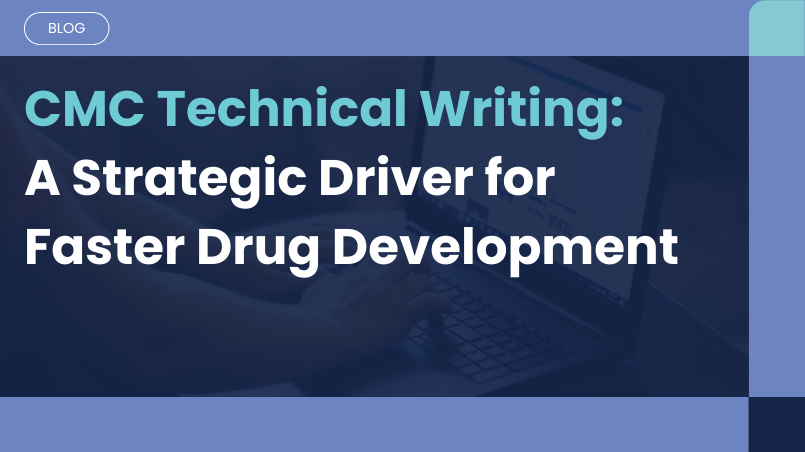
02 Dec, 2025

11 Nov, 2025

04 Nov, 2025
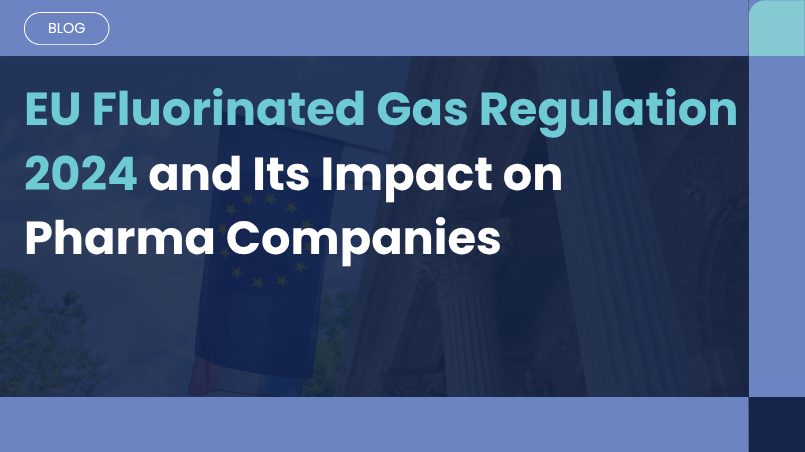
08 Oct, 2025
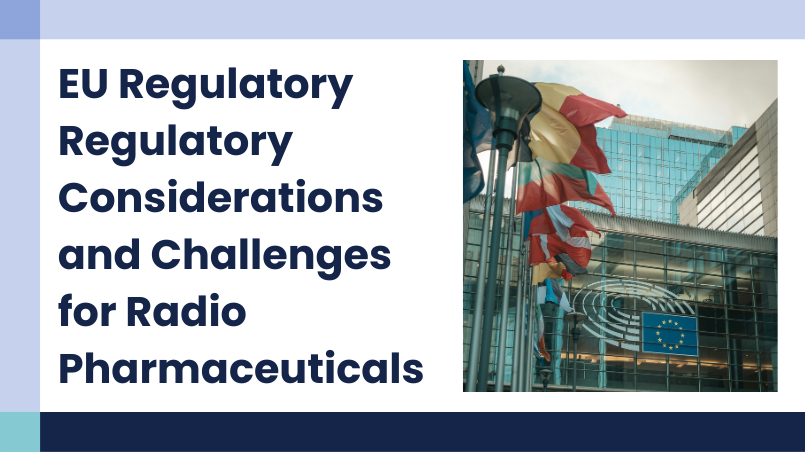
24 Sep, 2025


